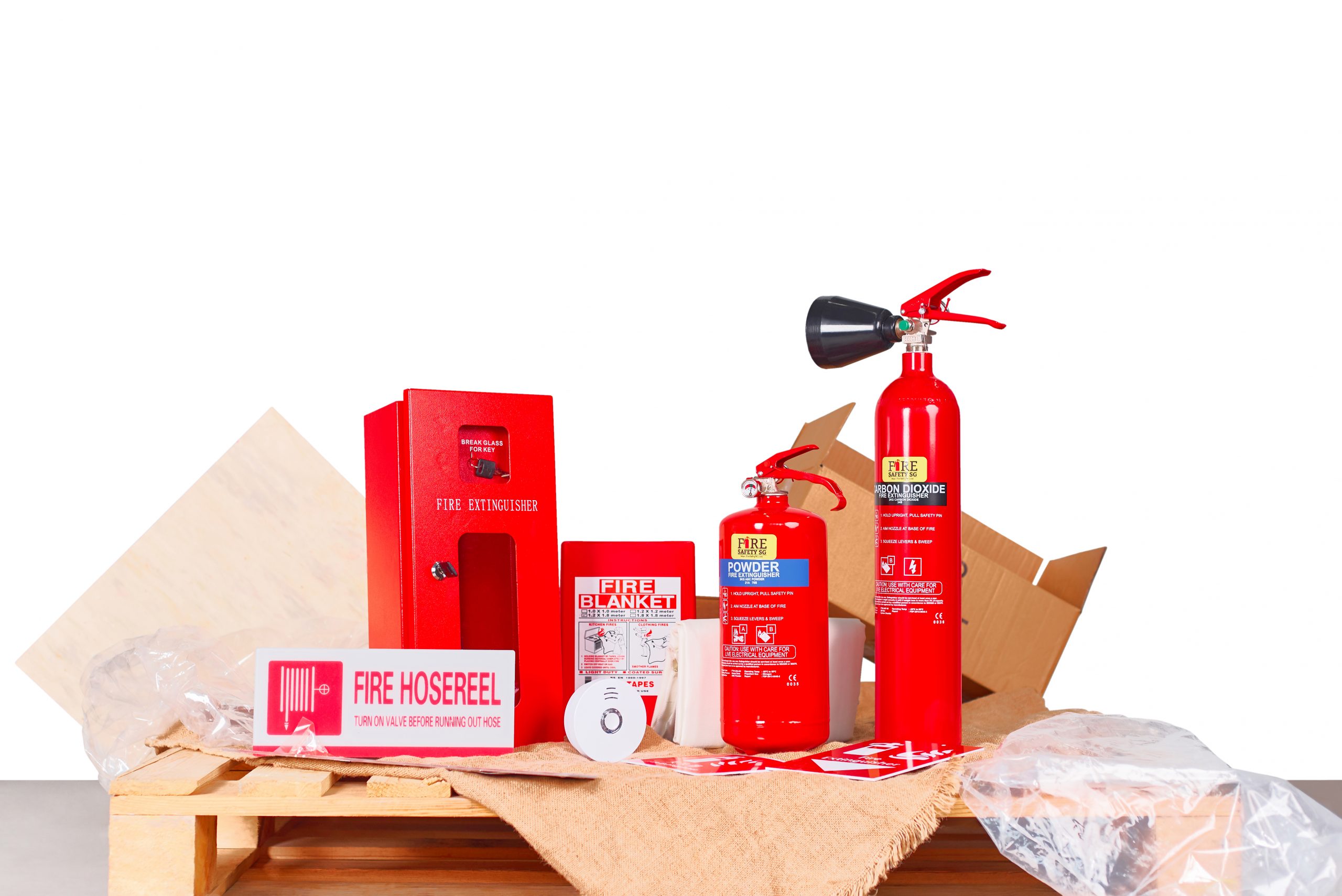Wet chemical extinguishers have a yellow label and are designed explicitly for Class F fires concerning kitchen fires caused by flammable cooking oils and fats, such as butter, lard, olive oil, and sunflower oil.
Moreover, wet chemical extinguishers can also be used for Class A fires caused by various organic materials, including wood, coal, textiles, and paper, but foam or water extinguishers are more commonly used. Although it is not typically used to extinguish Class B fires caused by flammable liquids such as diesel, alcohol, and paint, 3ltr Gloria wet chemical fire extinguisher is an exemption.









